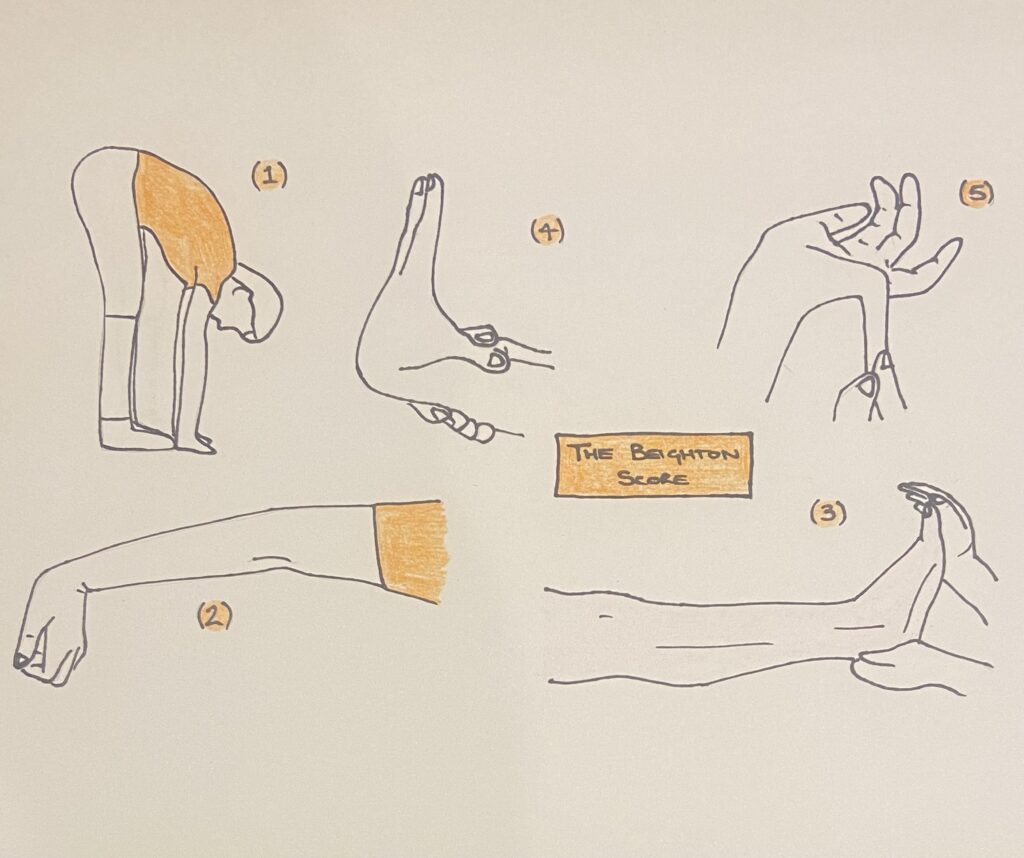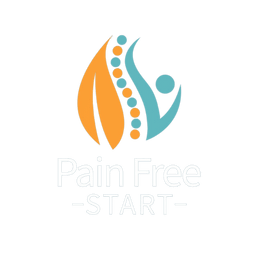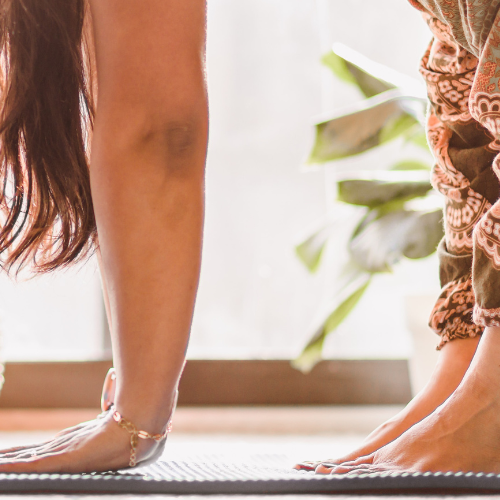So we all remember those kids at school who could do weird things with their shoulders, or the girl with the knees that bent back the wrong way, I remember looking at them in awe and wonder. Or the gymnasts, dancers and circus performers who move in ways you would think impossible and all with a smile on their faces.
When my girls were little they wanted to do gymnastics so I dutifully took them along at first when they were very little and they were jumping, balancing and learning the complexities of a forward roll the differences were not obvious. But as they progressed to more challenging skills my girls were asking me when they would be able to do a crab or a walkover. I just didn’t have the heart to tell them probably never. By this point, it was obvious to me that no amount of stretching would allow my girls to move like a lot of the other children there. Not soon after the girls began to lose interest as they were not able to do what their friends could and they stopped in the pursuit of other more obtainable sports. I did feel slightly guilty as I am a very ‘unbendy’ person (not a strict medical term!) and flexibility is genetic.
So were you the amazing gymnast at school or the guy whose party trick was to dislocate his shoulder?
Are you hypermobile?
Are you classed as hypermobile or just a bit bendy take the test below based on 5 movements and see. This uses the Beighton score.

- Can you put your hands flat on the floor with your knees straight? 1 point if yes
- Can you bend your elbow backwards? 1 point for left, 1 point for right.
- Can you bend your knee backwards? 1 point for left, 1 point for right.
- Can you bend your thumb back onto the front of your forearm? 1 point for left, 1 point for right.
- Can you bend your little finger up at 90 degrees (right angles) to the back of your hand? 1 point for left, 1 point for right.
What was your total out of 9?
If you have scored 4 or more then you have some degree of hypermobility the more you score the more hypermobile you are.
What does this mean?
Nothing really, it just shows you where you are on the scale. I score 0 and so because of that if I have the same strength and posture as my friend who scores 9 on the scale she is more at risk of pain and injury. The more hypermobile you are the less support your joints get through the tissues mainly ligaments and joint capsules meaning you are more at risk of pain and injury.
But don’t panic as there are lots of really easy things to do to keep pain and injury free or if you have an injury or pain there are steps to take to resolve these.
The recipe for a strong, dependable and pain free body is as follows;
- Good strength and core stability – to offload the joints and stabilise them so they can function and move well.
- Good posture – helping the joints to function well and with ease.
- Good balance and proprioception – help to prevent injury and limit extreme movements.
Easy steps to help make improvements.
Download my FREE posture guide or enrol on my FREE 35-minute online posture course. Make simple changes to your posture with exercises and tips to make changes today.
Take a look at my Pain Free BODY Program. I lead you through a full treatment programme to build all the strength, stability and control that you need to START your PAIN FREE life. Expert advice, in your own time, in your own home.
My blog on Hypermobility and Hypermobility syndrome has lots more information on this topic as well as helpful tips and advice.
Take care, Helen
Helen Manders BSc (Hons), MCSC, HCPC.
Chartered Physiotherapist Since 2001.



